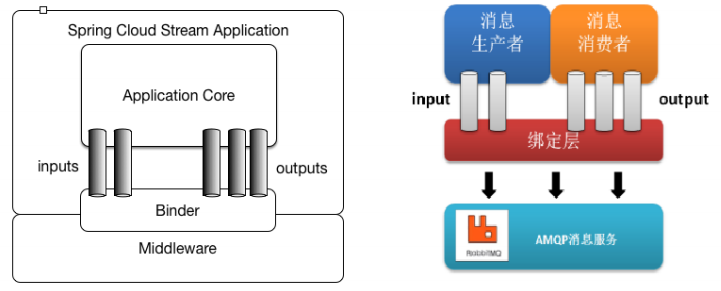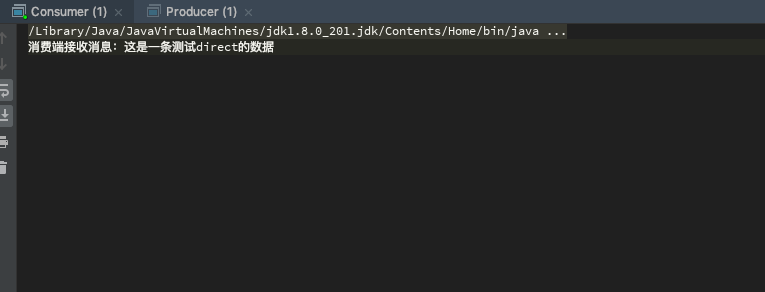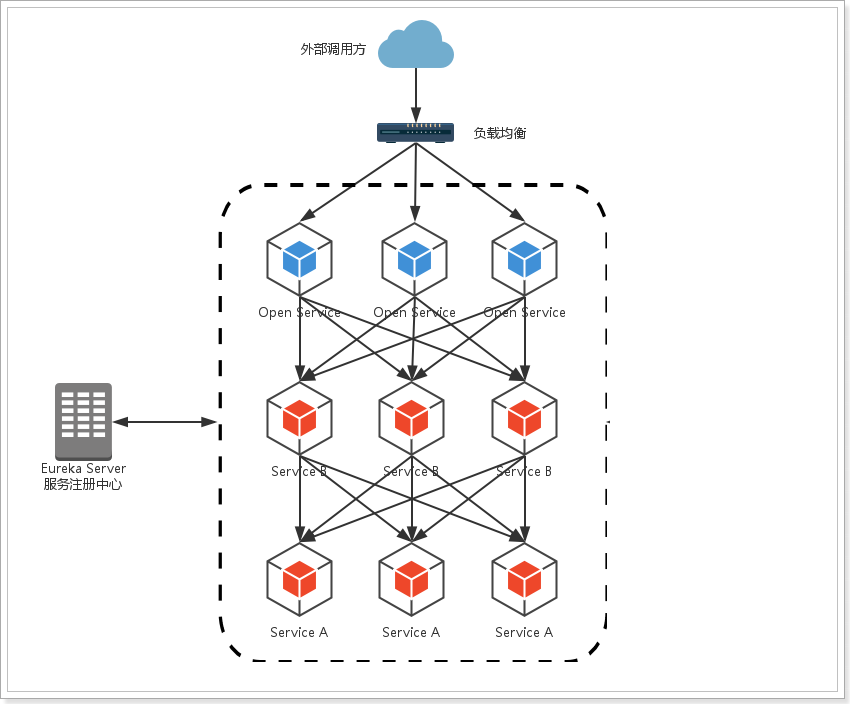Javascript中的几种继承?如何实现继承?
在 JavaScript 内, 继承是面向对象变成中一个重要的开发思想, 核心就是让 A 对象使用 B 对象的属性和方法. 说白了, 就是为了资源整合, 让我们的代码复用性更高, 后期的可维护性和可扩展性也更高.
在 JS 中, 每一个对象都有一个自己的原型对象, JS 内的继承就是依赖这个原型对象, 而且原型对象也有自己的原型对象, 就是这一个一个的原型对象组成了原型链, 这就是继承的核心.
举个例子 :
有一位老父亲, 努力了半辈子, 盖了一个大房子

这个时候, 不管这个老父亲有多少个儿子, 他的儿子都是可以住在这个房子里面的
可以用这个房子所有内容

但是如果要是没有继承的话, 那么他的每一个儿子都要自己去从新盖房子
这就是我们继承的意义, 接下来我们就详细的说一说 JavaScript 内常见的继承方案
回顾之前的知识点
原型
构造函数(类) 有一个自己的属性 prototype, 是一个对象,每一个对象都有一个自己的属性 __proto__, 指向所属构造函数的 prototype,这样, 就将构造函数和对象连接了起来。

原型链
原型链就是 __proto__ 串联起来的对象链状结构,每一个对象都会有自己的原型对象( __proto__ )。

原型链访问规则
对象成员的访问规则就是按照原型链的机制进行访问的,当你访问一个对象的成员的时候,会首先在对象自己内查找。
如果自己有, 直接使用自己的如果自己没有, 就会自动去到自己的 __proto__ 查找,如果还没有, 在继续去 __proto__ 查找,以此类推,直到 Object.prototype 都没有, 那么返回 null。
回常见继承方案
1. 原型链继承
● 本质就是在原型链上做一些手脚, 让某一个对象的 __proto__ 能指向另一个对象就好了
● 核心 : 子类的原型指向父类的实例
// 父类function Person(name) {this.name = name}Person.prototype.sayHi = function () {console.log('hello world')}// 子类function Student(age) {this.age = age}// 实现继承Student.prototype = new Person('千锋大前端')const s = new Student(10)console.log(s)
缺点 :子类没有自己的原型, 因为子类的原型就是父类的实例,在继承属性这方面, 所有子类实例对象继承下来的属性都是一模一样的。
优点 :属性和方法都能继承下来。
2. 借用构造函数继承
本质就是把父类构造函数当做一个普通函数来使用, 在利用一些改变 this 指向的方法
核心 : 利用 call 或者 apply 方法调用父类构造函数, 让其 this 指向子类的实例
// 父类function Person(name) {this.name = name}Person.prototype.sayHi = function () {console.log('hello world')}// 子类function Student(age, name) {this.age = age// 实现继承Person.call(this, name)}const s = new Student(10, '千锋大前端')console.log(s)
缺点 :只能继承父类的属性, 原型上的方法不能继承。
优点 :子类有自己的原型, 可以向自己的原型上添加专属于子类的内容,对于继承的属性而言, 每一个子类的实例都会继承一套自己的属性。
3. 基础组合继承
本质就是把上面的 原型继承 和 借用构造函数继承 组合在一起使用而已,将以上两种继承方式的优点全部合并在一起, 号称最早的完美继承。
// 父类function Person(name) {this.name = name}Person.prototype.sayHi = function () {console.log('hello world')}// 子类function Student(age) {this.age = age// 实现继承( 目的 : 继承属性 )Person.call(this, name)}// 实现继承( 目的 : 继承方法, 属性不重要 )Student.prototype = new Person()const s = new Student(10, '千锋大前端')console.log(s)
4. 寄生继承
本质就是是利用一个空对象来包装父类的实例对象,然后再将该空对象的原型设置为父类的原型对象,最后将该空对象返回作为子类的实例对象,从而实现继承。
function Parent(name) {this.name = name;}Parent.prototype.sayHi = function() {console.log('hello world')}function Student(parent, name) {let student = Object.create(parent)student.name = namestudent.sayHello = function() {console.log(`Hello, my name is ${this.name}`)}return student}let parent = new Parent('千锋大前端')let student = createChild(parent, '千锋大前端')student.sayHello()student.sayHi()
5. 寄生组合继承
这是一个非常经典的继承方案, 他是结合了 寄生继承 和 基础组合继承 两者创造出来的. 并且解决了组合继承中重复调用构造函数的尴尬, 同时也很好的避免了寄生继承中的原型链污染, 是我个人觉得非常优秀得以中继承方案, 不知道是哪一个大神想出来的方案.
在寄生组合继承中,我们首先使用组合继承的方式创建对象和原型之间的关系,然后通过寄生继承的方式修正原型上不需要的属性

// 寄生继承实现函数function inheritPrototype(student, person) {// 创建父类原型的一个副本let prototype = Object.create(person.prototype)// 修正副本的 constructor 属性prototype.constructor = student// 将修正后的原型赋值给子类student.prototype = prototype}// 父类function Person(name) {this.name = name}Person.prototype.sayHi = function() {console.log('hello world')}// 子类function Student(age, name) {this.age = age// 借用继承( 目的 : 继承属性 )Person.call(this, name)}// 寄生继承inheritPrototype(Student, Person)// 向子类自己的原型上添加方法Student.prototype.sayHello = function() {console.log(`Hello, My name is ${ this.name }`);}let instance = new Student(10, '千锋大前端')instance.sayHello()instance.sayHi()
6. ES6 的类继承语法
在 ES6 规范中, 出现了类继承的语法,也就是说, 我们可以不需要以上这些乱七八糟的玩意了, 直接上语法,我们可以直接使用 extends 关键字进行父类的继承
注意 : 还需要在类的构造器内写一个 super 来继承父类属性
// 父类class Person {constructor(name) {this.name = name;}sayHi () {console.log('Hello world')}}// 子类, 直接使用 extends 关键字继承父类class Student extends Person {constructor(name, age) {// 继承父类属性super(name)this.age = age}sayAge() {console.log(`Hello, My name is ${ this.name }`)}}let instance = new Student('千锋大前端', 10)instance.sayHello()instance.sayHi()



































还没有评论,来说两句吧...